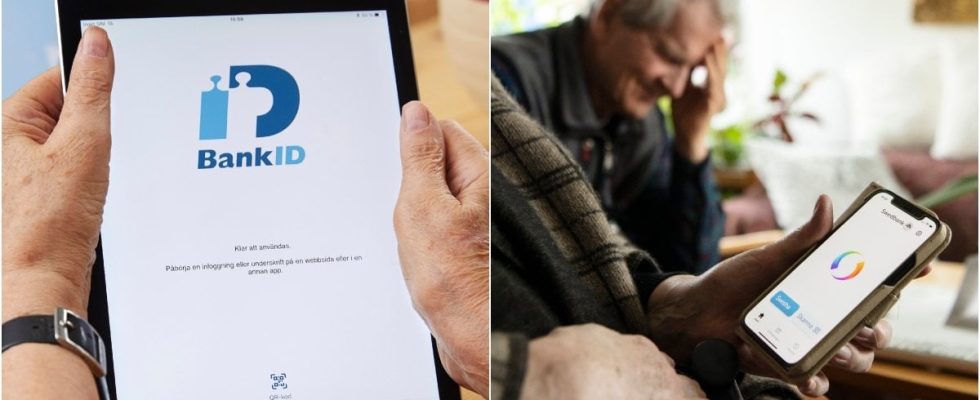In recent years, the number of frauds has increased significantly. In 2023 alone, the number of frauds in Sweden increased by as much as 22 percent compared to the year before. Of the various fraud types, telephone fraud increased by 36 percent in 2023.
Those who are a vulnerable target group for the fraudster are the elderly who are at risk of falling victim to everything from phone, swish and SMS fraud. In 2023, the number of frauds against the elderly increased by 13 percent compared to 2022.
In other words, these are difficult days for the country’s authorities and banks. Work to prevent and prevent fraud is ongoing. But in the wake of new methods, a new form has emerged, namely AI scams.
By exploiting the ever-evolving technology, artificial intelligence has become an aid in the fraudster’s approach.
How to protect yourself against AI scams: “Hard to resist”
Artificial intelligence is increasingly used by fraudsters to deceive private individuals. Photo: Martina Holmberg/TTV Warns of AI scams: “Difficult to access”
Now Nordnet Bank’s savings economist is warning Frida Bratt for the relatively new form of fraud. In an interview with TV4’s News morning she describes two types of AI scams, which affect all ages.
– You play on fear and time pressure. You should not feel that you have time to think, but it should happen very quickly and you should become stressed and not have time to think. When you have then been asked to log in with BankID, the fraud can take place, perhaps by activating a new BankID. It’s hard to access here and now it could be even harder.
What she warns about is partly voice cloning, which can take the form of one’s child calling and asking for a transfer. In fact, it is a fraudster who has somehow managed to clone the voice of a relative or company support staff. This can be done by the fraudster using videos on social media or recording a call with a support, in order to access the voice, record it and use it for fraudulent purposes.
Then there is also something called a deepfake. Then the fraudster instead uses pictures or videos where the face appears and then uses it to access his victims.
– It is an image or moving material where you have taken a person’s head and put it on another person’s body. What we have seen is that it is above all famous people who have been affected and who are used with the aim of getting people to invest in a scam.
Fraudsters pretend to be your bank – this is how you protect yourself
Frida Bratt works as a savings economist at Nordnet Bank. Photo: Press image Nordnet Bank This is how you protect yourself against the new type of fraud
Bratt believes that this type of fraud will increase and affect more and more people as the technology develops and refines.
Although the banks are constantly working to counter and prevent fraud, Bratt believes that more concrete measures are needed:
Then you will not get your money back if you are deceived by fraudsters
But how should you think as a private person if you are exposed to an AI fraud?
Per basic scam on bitcoin: The theft of one million kroner
